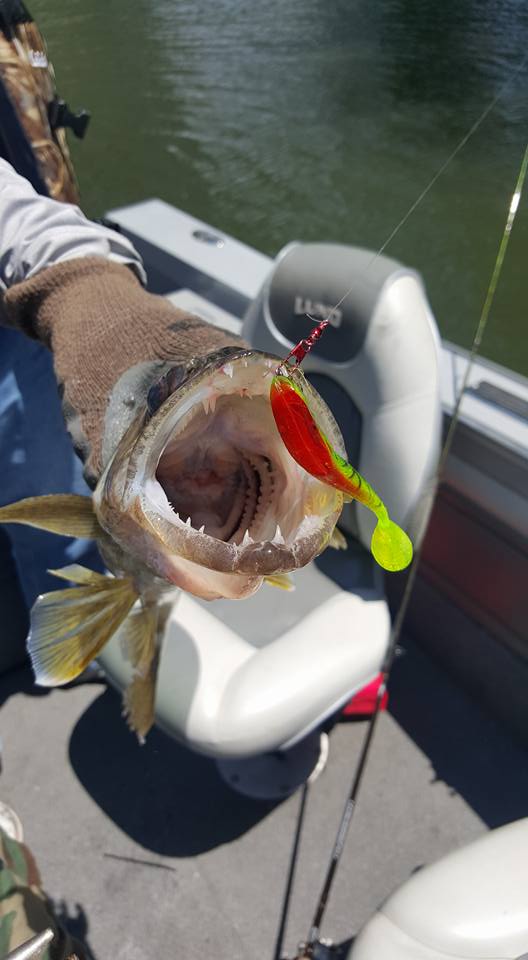As anglers prepare for open-water fishing, the topic of fishing lure colors sparks lively discussions. Everyone seems to have an opinion about which colors work best for success. Daryl Bauer is a seasoned Fisheries Biologist and Fisheries Outreach Program Manager at the Nebraska Game and Parks Commission. Bauer emphasizes that fish can indeed perceive colors, and different species have varying sensitivities to different hues. However, he stresses that the best lure colors depend on numerous factors, including water conditions, habitat, and personal preference. While certain colors may appeal to specific fish, the angler’s confidence in presenting the lure is often more important than the color itself.
Bauer acknowledges that walleyes, for example, are particularly sensitive to green and yellow-orange colors. This is intriguing considering their prey, yellow perch, exhibit those exact colors. However, he believes that lure color often has a more significant impact on the angler’s confidence rather than the fish’s response. Sporting goods stores offer lures in various shades to attract anglers, who are more likely to purchase multiple colors, contributing to the industry’s success.
Confidence in presenting the lure plays a crucial role in fishing success. Anglers who believe in their bait and technique tend to catch more fish, enhancing their overall confidence. Bauer begins his fishing endeavors by imitating the natural prey in terms of size, shape, color, and behavior. He leans towards more natural colors in clearer water and brighter, gaudier colors in murkier conditions.

Anglers should consider the impact of water on lure colors. As light travels through water, different wavelengths are absorbed, causing colors to diminish. Red lures vanish first, followed by orange, yellow, green, blue, and black. To optimize visibility, shiny silver and gold lures reflect light on sunny days, while fluorescent lures capitalize on increased UV light on cloudy days.
Michelle Kelly is an Education Specialist with the Minnesota Department of Natural Resources, suggests that most fish have excellent color perception, but they don’t possess inherent attraction to specific colors. Instead, the contrast between the lure and the background plays a vital role under various water and light conditions. While color choice matters to some extent, factors such as size, shape, action, and noise often have a more significant impact on eliciting strikes. Anglers should select lures based on local baitfish, water quality, season, time of day, depth, and the action likely to yield results.
The debate over fishing lure colors continues among anglers, but the consensus is that color alone is not the sole determinant of success. While fish can perceive colors, variables such as water conditions, contrast, size, shape, and presentation technique play crucial roles in attracting fish. Confidence in one’s lure and technique remains paramount. Anglers should consider factors beyond color and experiment with different hues to find what works best for their fishing conditions. So, don’t get too caught up in color selection, but instead focus on the art of presenting your lure effectively.
Images/Source: NebraskaLand





